By the time the last panel discussion wrapped up, one thing was clear from the webinar hosted by YOYI TECH, Xingchang Xinda Technology, and VIOOH China: winning in China’s evolving digital marketing ecosystem now demands a whole new level of strategic agility. From personalized AI-driven advertising to the fusion of social commerce and programmatic DOOH, the conversations sparked a powerful call to rethink what it takes to truly connect with China’s next generation of consumers.
Kicking off the session, Andy Ng, Managing Director of International Business at YOYI TECH, set the tone with a compelling dive into how AI is no longer a futuristic concept, but an essential reality in China’s advertising landscape.
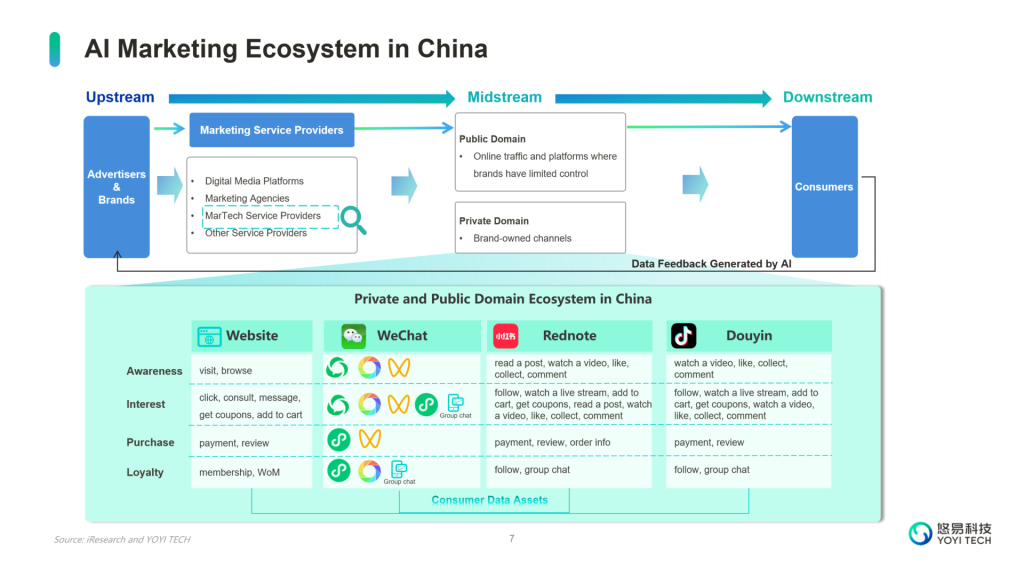
He walked the audience through the shift from mass digitization to today’s AI-enabled marketing, where real-time personalization, predictive targeting, and creative automation are redefining what relevance means. As Andy described, it’s no longer enough to simply reach consumers; brands must now craft micro-segmented journeys, tailored to individuals’ precise behaviors and preferences across screens, moments, and moods.
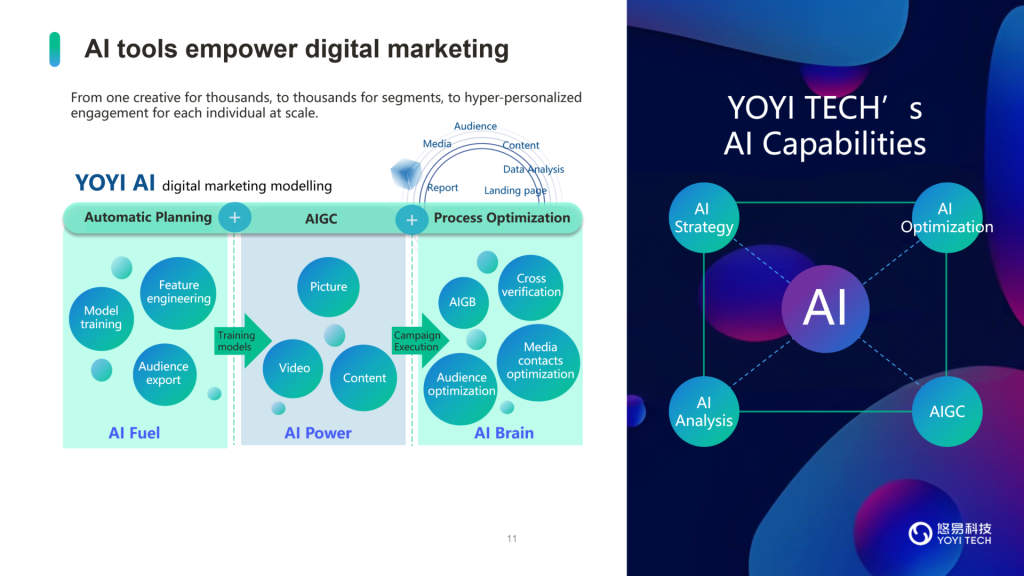
His example of Sephora’s transformation made this evolution tangible. Faced with fragmented audiences and mounting creative fatigue, Sephora leveraged YOYI TECH’s AI engine to dynamically build personas, adapt creative variations, and optimize campaigns in real time. The result was not just higher engagement, but smarter, faster scaling — with a 24% rise in click-through rates and a 33% lift in ROI. Andy likened this precision approach to perfecting a dating strategy: not about meeting more people, but about meeting the right people, at the right time, with the right message. It’s a simple analogy, but a powerful reminder of how deeply AI can now influence every layer of the brand-consumer relationship.
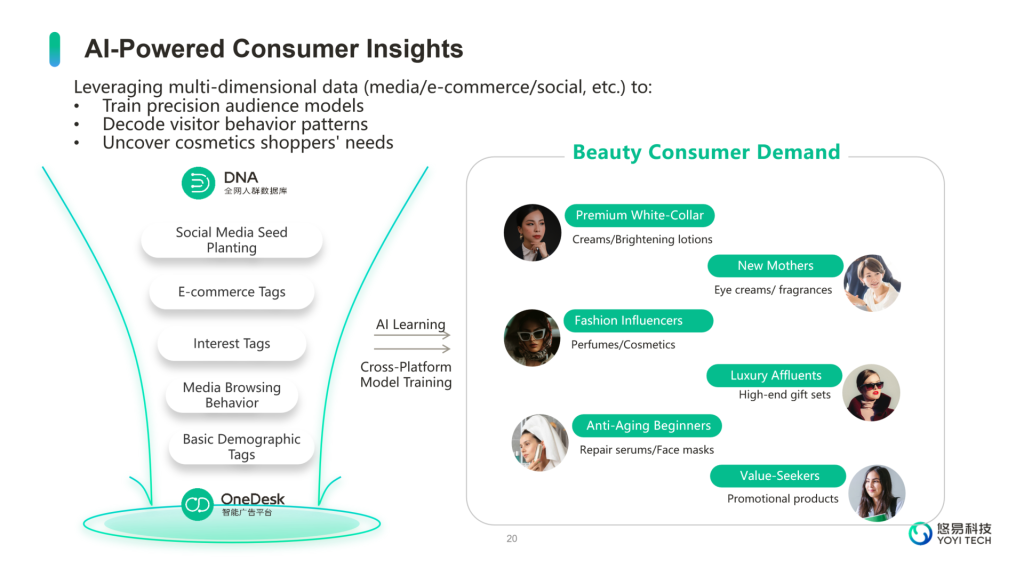
This idea of depth over breadth carried forward as Kaicey Chae, VP of Business Development at Xingchang Xinda Technology, shifted the spotlight to Xiaohongshu, or RedNote — a platform now indispensable to China’s young, discerning consumers.
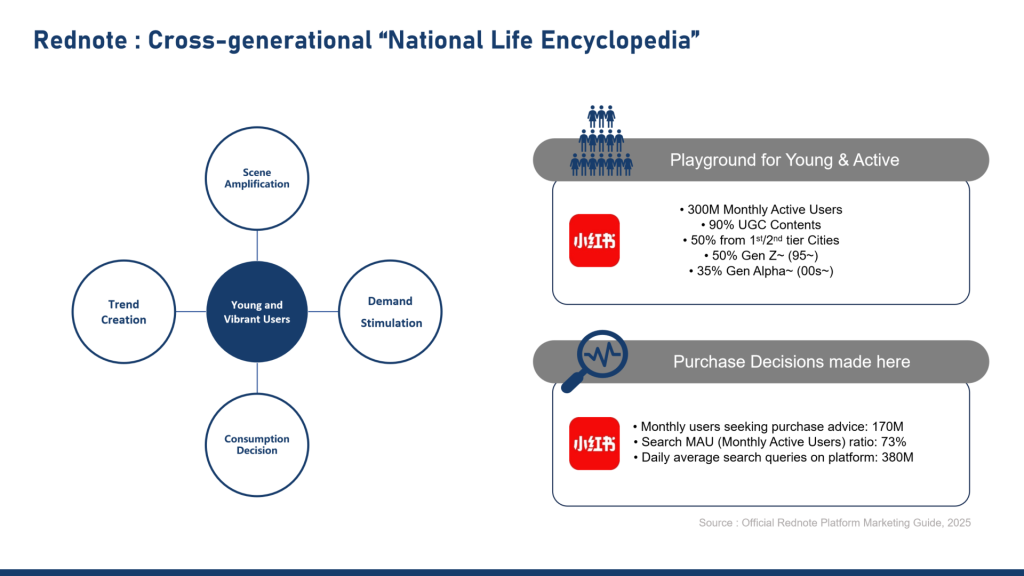
Kaicey’s presentation revealed how RedNote, once seen merely as a lifestyle app, has evolved into a trusted discovery engine and e-commerce powerhouse. In an environment where user-generated content is king, brands must no longer just broadcast messages — they must cultivate genuine conversations and community advocacy.
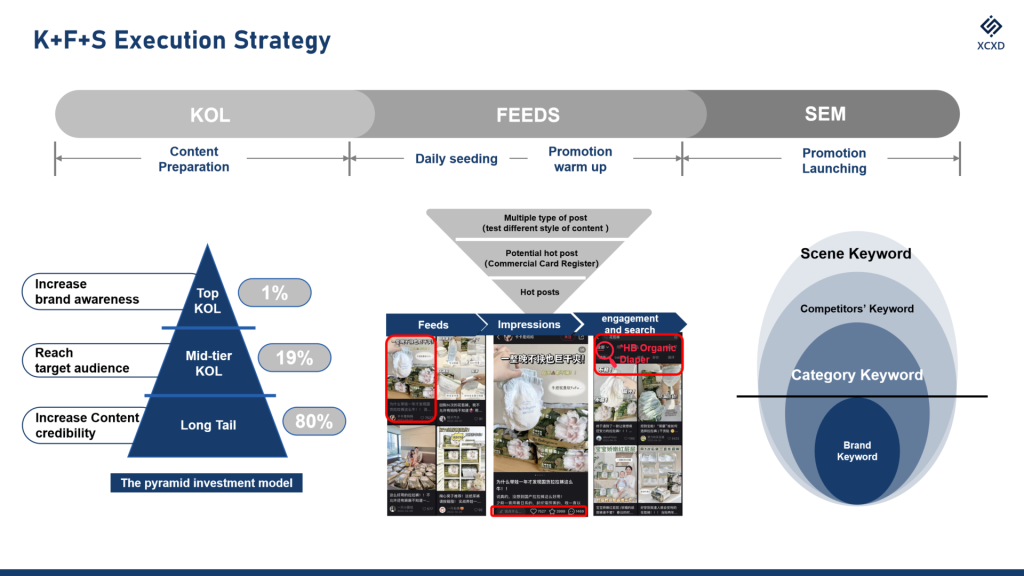
Kaicey’s breakdown of RedNote’s dual-cycle marketing system — where discovery and transaction intertwine seamlessly across platforms — offered a clear blueprint. His case study on Melvita demonstrated the power of this model: within just 18 months of launching a RedNote flagship store, the brand achieved nearly 1,000% GMV growth, while simultaneously boosting Tmall sales by over 76%.
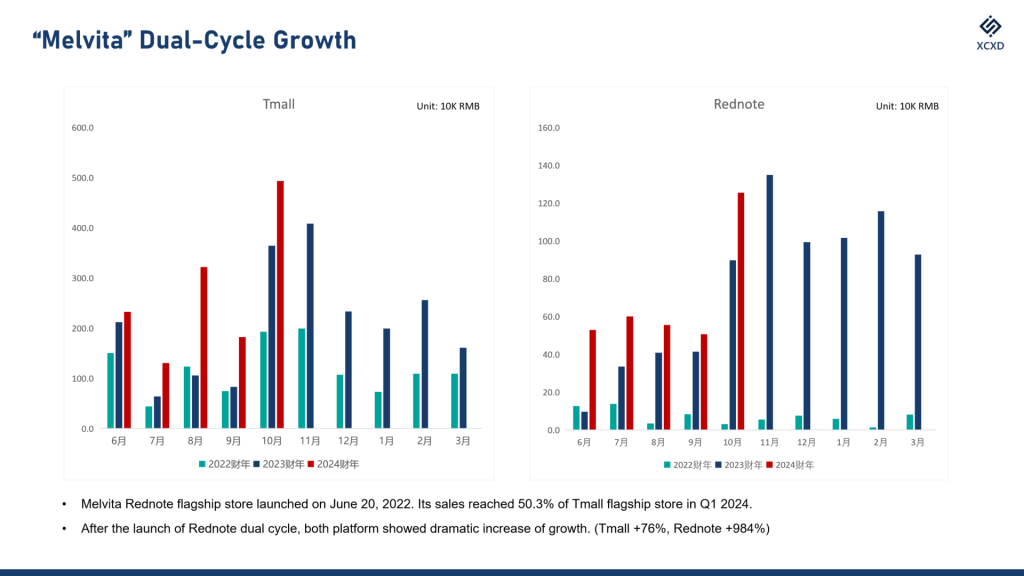
Far from being a siloed channel, Kaicey argued, RedNote should be treated as a core node in a broader omnichannel ecosystem — one where UGC, KOLs, and e-commerce platforms feed each other in a virtuous circle.
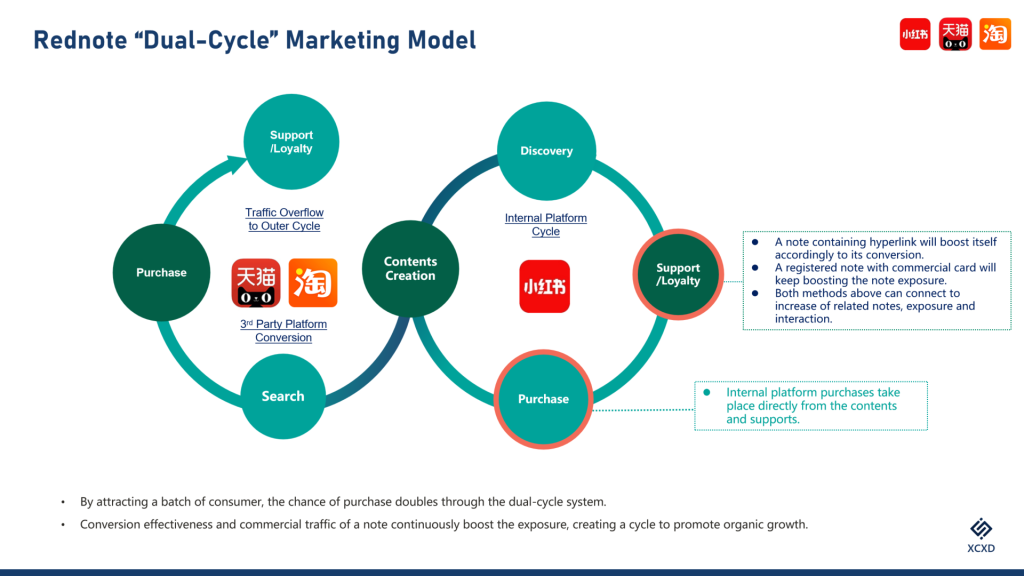
The narrative then turned outward, quite literally, as Calvin Chan, CEO of VIOOH China, led a provocative session on how Digital Out-of-Home (DOOH) advertising is being reinvented through programmatic technology. For many, OOH may conjure images of static billboards — but Calvin demonstrated that today’s DOOH is a dynamic, data-driven force that integrates seamlessly into omnichannel strategies.
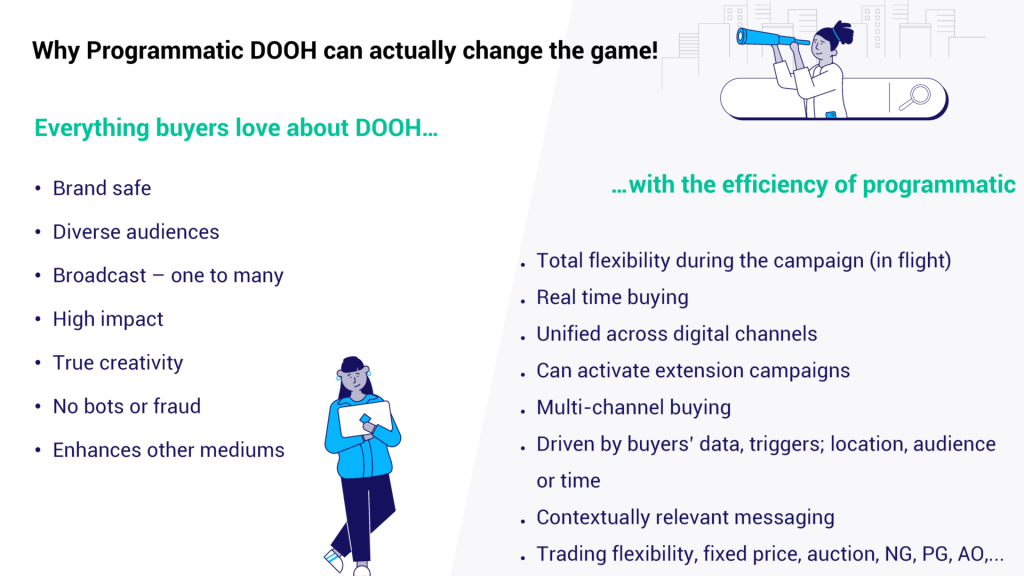
With over 50% of China’s OOH inventory now digitalized, Calvin emphasized how brands can use real-time triggers like weather, location, and behavioral data to target audiences more precisely than ever before. He painted a picture of cross-screen synergy: reaching a commuter via a Shanghai metro screen at 8 a.m., and retargeting them later that day on their mobile device with a personalized offer. DOOH, he insisted, is no longer just a brand awareness tool — it can drive full-funnel engagement and measurable outcomes, bridging the online and offline worlds in powerful ways.
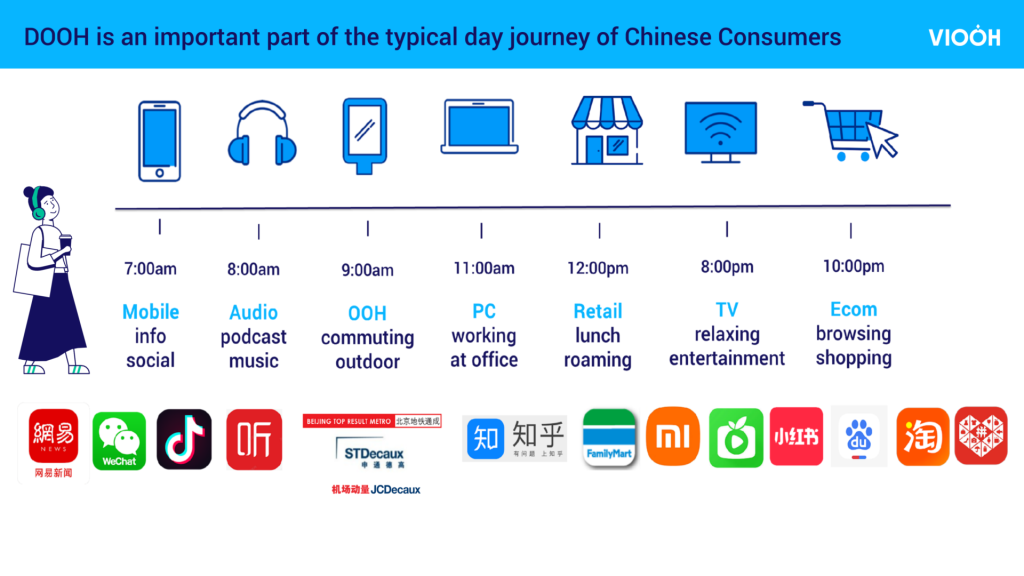
The concluding panel discussion tied these threads together, exploring how brands can build a high-impact omnichannel strategy in China. Andy highlighted the critical need for localized AI models that work seamlessly across channels, not just optimizing reach but elevating relevance at every touchpoint. Kaicey reiterated that authentic platform usage — understanding the unique nuances of RedNote, for example, rather than treating it like a Western social network — is vital for winning consumer trust. Calvin brought it full circle, stressing that no channel should stand alone: programmatic DOOH, mobile, social, and e-commerce must operate as parts of a unified ecosystem, designed to follow and engage the consumer across their journey.
If there was a single takeaway from the event, it was this: success in China’s market today demands not just a presence, but a plan — an intelligent, integrated, omnichannel plan powered by real insights, smart AI, and cultural nuance.
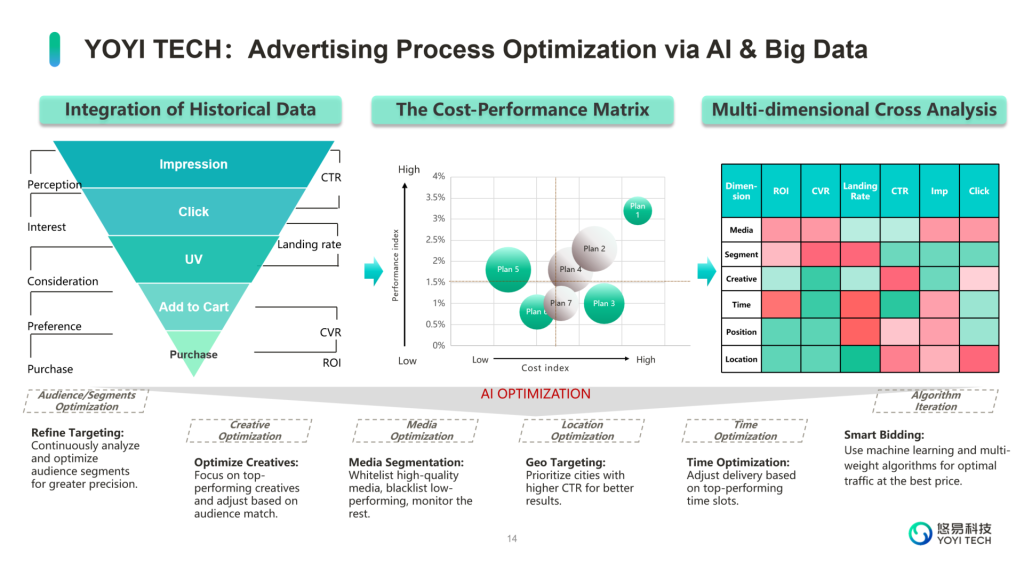
As the landscape continues to evolve at breakneck speed, YOYI TECH stands ready to partner with brands ready to embrace this future. With advanced AI-driven advertising solutions and an unmatched understanding of China’s digital terrain, YOYI TECH offers the tools and expertise to help brands not just survive, but truly thrive.
For those ready to unlock their next phase of intelligent growth, the message from the webinar was clear: the future is already here — and the time to act is now.
